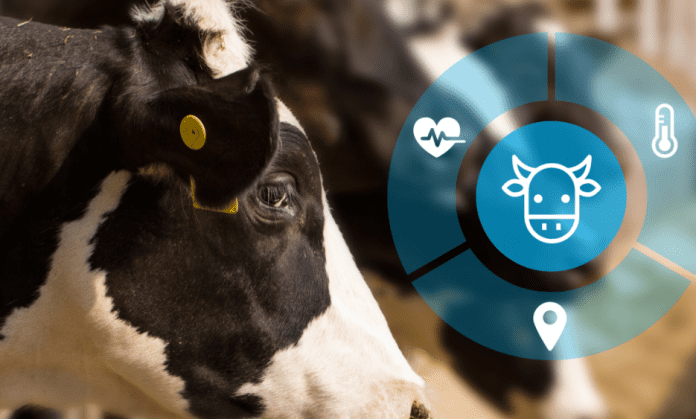Semtech Corporation is working with US analytics company SAS to bundle LoRaWAN connectivity with IoT streaming analytics. The strategy is to make IoT-based sensor solutions more easily accessible to data analytics specialists, and to bring edge and cloud data analytics to IoT users. Meanwhile, LoRaWAN provider Senet has claimed ore business on its platform in the first quarter than in all of last year, driven mainly by the utilities sector.
Joint solutions incorporating Semtech’s LoRaWAN technology for low-power wide-area (LPWA) IoT networks and SAS’s IoT analytics solutions, built on Microsoft Azure, will simplify the development of IoT solutions, the pair said. To start, they have compiled LoRaWAN-based analytics solutions for flood prevention, smart farming, and energy forecasting.
They said their partnership will help IoT developers to “solve… natural disasters, hunger, and sustainability”, as “some of the biggest challenges facing the world today”. They said they will offer “a robust suite of solutions to solve real-world problems”, citing battery-powered LoRaWAN sensors to “detect [flooding] issues before they become a crisis”, provide insights on environmental conditions and the health of livestock to reduce costs and improve yields, and smart energy systems to “maximize grid efficiency and… mitigate risk”.
Alistair Fulton, vice president and general manager of wireless and sensing products at Semtech, said: “SAS and Semtech offer proven technologies and innovative industry solutions that address complex challenges in communities. Combining SAS IoT analytics solutions with the LoRaWAN standard strengthens our collaborative vision of providing innovation to create a smarter, safer world.”
Jason Mann, vice president of IoT at SAS, said: “IoT is forcing a fundamental shift of business and operational strategies as organizations adopt new models for agile IT, edge analytics and platform-based security. SAS IoT and Semtech are building an ecosystem of partners to drive the right digital infrastructure strategy to harness IoT data and enable the right set of applications that deliver meaningful results.”
Separately, US IoT provider Senet, a mainstay of the LoRaWAN ecosystem, has claimed significant growth in enterprise and industrial IoT market segments, notably among multi-location businesses deploying distributed LoRaWAN-based IoT solutions. It said it has seen more LoRaWAN devices on its cloud-based LoRaWAN network and device management platform in the first quarter of 2021 than in all of 2020.
It claimed “millions of transactions” are being processed daily on its connectivity platform, with particular growth in the energy and utility sectors, which have “accelerated the deployment and densification” of LoRaWAN in the US. It also noted interest in LoRaWAN networking for energy monitoring, environmental monitoring, worker safety and security, asset tracking, food service safety and compliance, and building and facilities management.
It said: “Legacy network architectures, management platforms, and deployment models are not well suited to support IoT deployments. Similarly, developer networks and gateway-based network servers may offer enticing low cost entry points for deploying IoT solutions, but they are not designed to scale beyond pilots or projects given their hard capacity limits, lack of management tools, absence of carrier-grade uptime SLAs, and customer support limitations.”
Enterprises are using Senet’s platform to manage their own low-cost infrastructure buildout, it said. The centralised cloud-setup eliminates the need to provision the network locally, and reduces the need for skilled labour, it said. It also brings flexibility in terms of hybrid public/private deployments, bespoke carrier-grade network service level agreements (SLAs), and seamless core network server upgrades.
Bruce Chatterley, chief executive at Senet, commented: “In addition to purpose-designed networks, businesses want visibility into network and device performance, availability, and status to track closely against their expected return on investment. Customers are moving away from developer-grade or crowd-sourced networks to better manage the cost and complexity of their IoT networks through an SLA-backed carrier-grade service.”

